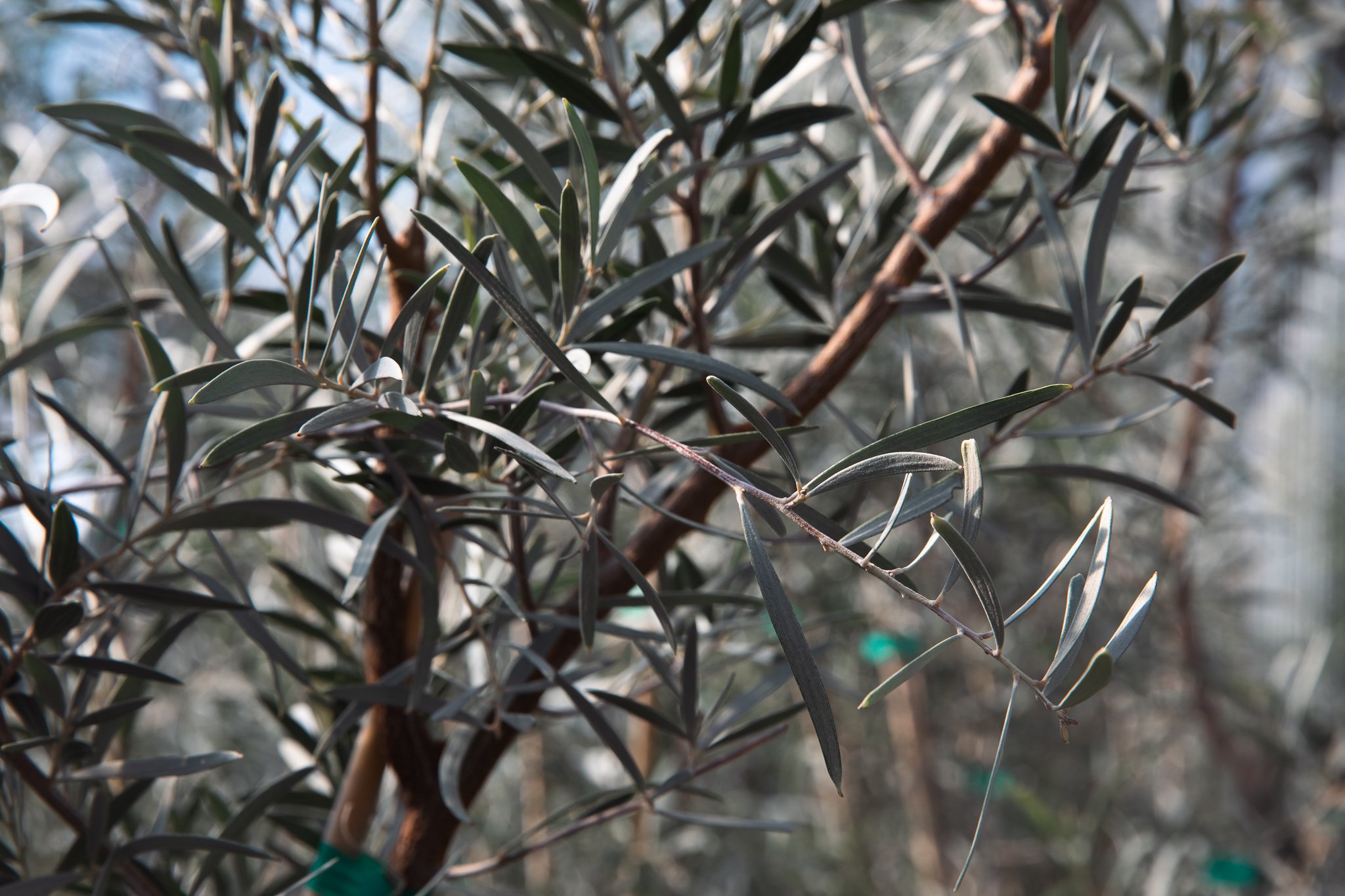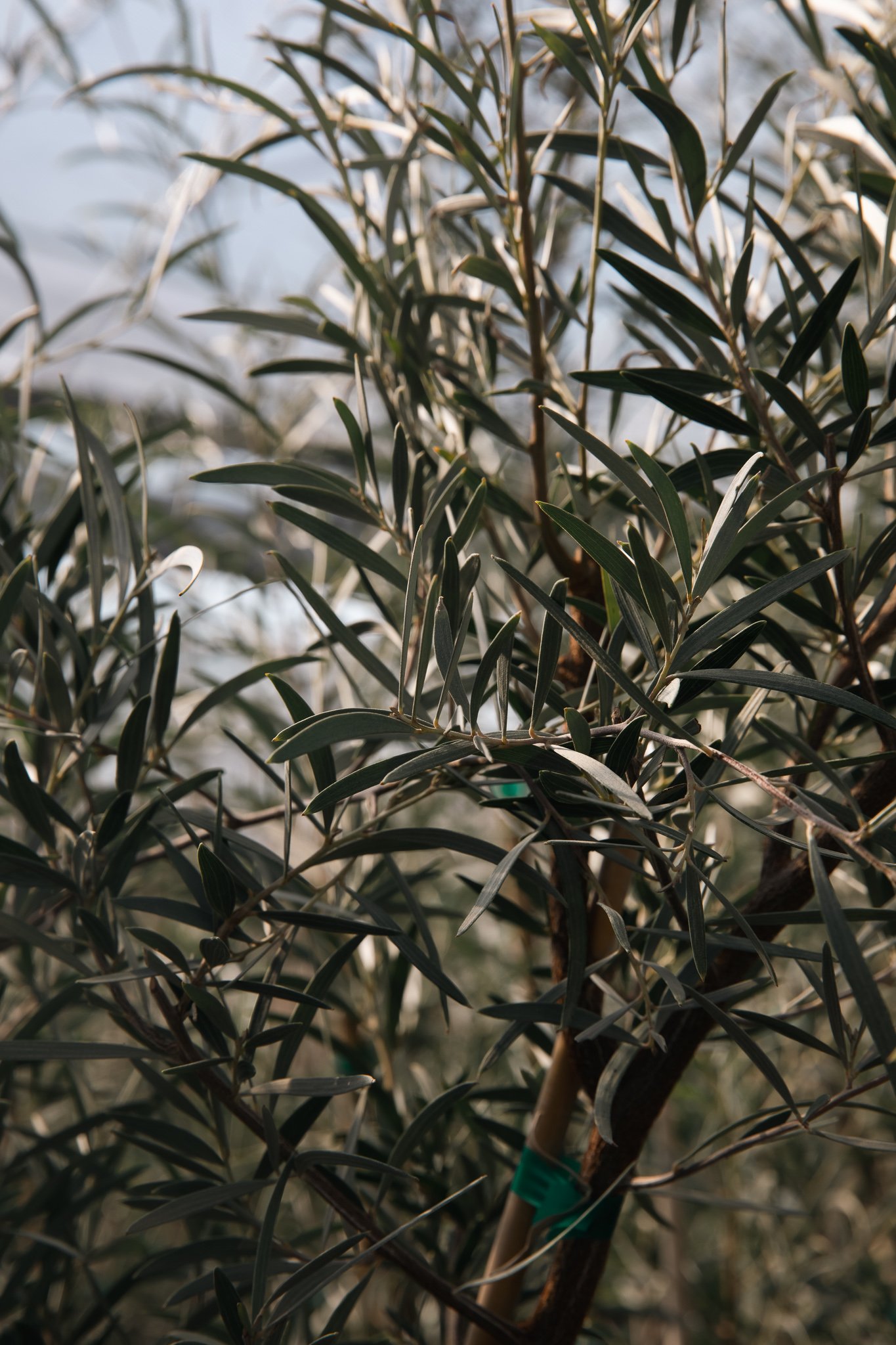Acacia anuera
Mulga, True Mulga, Acacia Mulga



OVERVIEW:
Acacia aneura, commonly known as the Mulga, is a member of the Fabaceae family. This genus is highly variable in form, height and shape and can be grown as a shrub or small tree. The needle-like leaves (phyllodes) grow 3 to 11 centimeters long, with very fine hairs giving the foliage an attractive silvery-grey appearance. Small bright-yellow flowers form spikes 1.5 to 2 centimeters long. Flowering may occur at any time of the year but is most common between March and October. Thin, flat pods 2 to 5 centimeters long also grow to contain edible brown seeds. Best planted in full sun, alkaline soils, or sandy loams with low supplementary watering. Scarified pre-soaked seeds are easily propagated through germination and semi-hardwood cuttings can also be rooted successfully but only during the summer months.
CLASSIFICATION:
Scientific Name: Acacia anuera
Common Name: Mulga
Family: Fabaceae
Suggested Uses: Residential or commercial small desert tree, screen, informal hedge, parking lot tree
CHARACTERISTICS:
Height: 15 - 20ft
Foliage: needle-like phyllodes
Flower: bright-yellow flowers
Bloom Period: March -October
Fruit: Edible brown seeds
Bark: brown, textured
ENVIRONMENT:
Sun: Full sun
Water: Low moisture
Soil: alkaline soils, or sandy loams
USDA Zone: 8-11

